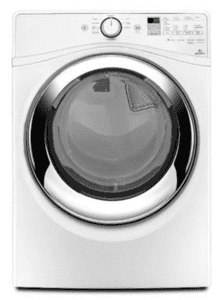
Switch to More Efficient Appliances
Refrigerators, Dishwashers, and Clothes Washers have become more efficient.
Appliances typically consume 14% of electricity in a Canadian home. Lighting another 4%.
Save energy and money by making modest investments and minor changes around your home.
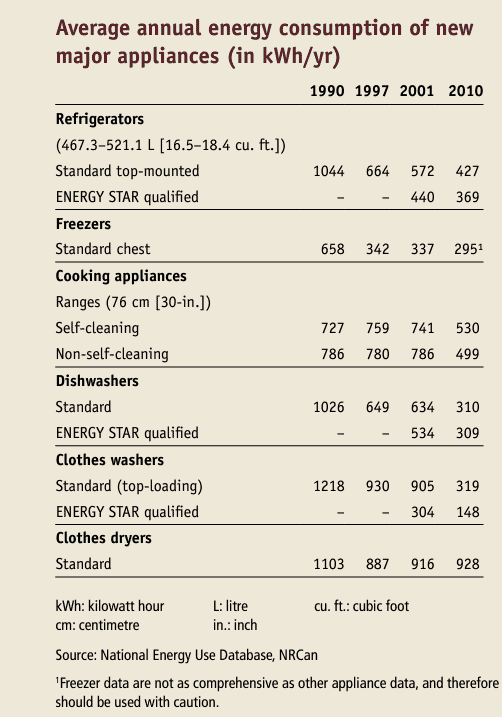
When buying appliances, it’s important to remember the cost of energy to operate a product over its lifetime is just as important as how much it costs to buy it.
Did you know that household appliances, such as fridges, freezers, dishwashers and water coolers, account for up to 14.1% of the energy used in the average Canadian home?
Natural Resources Canada
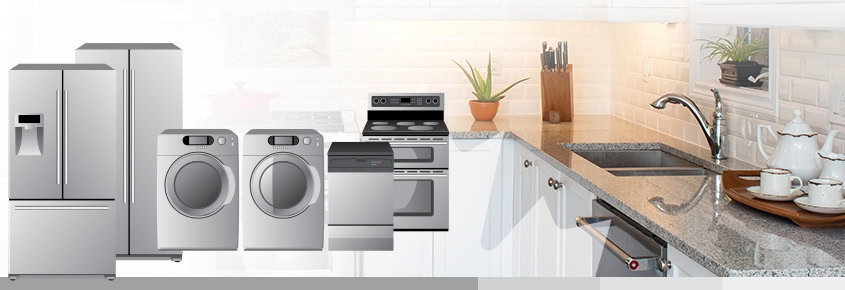
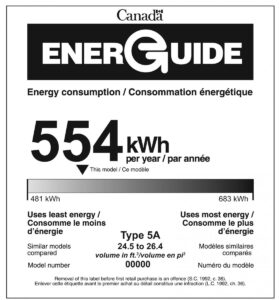
EnerGuide Label
The distinctive EnerGuide label is a familiar sight to most Canadians.
The EnerGuide label lets us know how much energy a product uses and how that compares to similar models.
There are four things displayed on the label
- Annual energy consumption of the model in kilowatt hours ( kWh)
- Energy consumption indicator, which positions the model compared with the most efficient and least efficient models in the same class
- Type and capacity of models that make up this class
- The model number
The EnerGuide label is mandatory for:
- clothes dryers
- clothes washers (including integrated washer-dryers)
- dishwashers
- freezers
- electric ranges, cooktops and ovens
- miscellaneous refrigeration products
- refrigerators and refrigerator-freezers
- room air conditioners
The EnerGuide label is voluntary for:
- central air conditioners
- furnaces (oil-, gas- or propane-fired)
- heat pumps—air source
- gas fireplaces
- water heaters
Get ENERGY STAR appliances
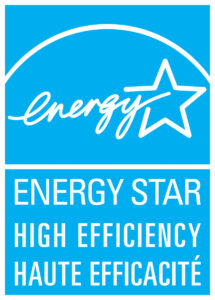
The following ENERGY STAR certified products are available in Canada.
- Air purifiers (cleaners)
- Clothes dryers
- Clothes washers (washing machines)
- Dishwashers
- Freezers
- Refrigerators
- Cordless phone
- Tablet computer
- Television
- Water cooler
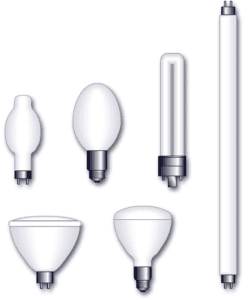
Lighting
Lighting accounts for about 4% of a typical home’s energy use.
ENERGY STAR certified light bulbs use up to 90% less energy, on average, than traditional incandescent light bulbs. ENERGY STAR certified light bulbs using light-emitting diode (LED) technology last at least 15 times longer than incandescent bulbs.
With the phasing out of some kinds of inefficient light bulbs, it’s time to make the jump to ENERGY STAR certified light bulbs. Saving energy saves money and reduces your carbon footprint.
Key features
- Meet strict quality and efficiency standards that are tested by accredited labs and certified by a third party.
- Carry warranties for performance and lifespan, so you know they will live up to their promise.
- Produce almost no heat and are resistant to vibration, cutting cooling and replacement costs.
- Use sophisticated engineering to provide the type of light quality and feel consumers expect from traditional incandescent light bulbs.
- Include “smart” bulbs that let you use your smartphone or tablet to turn off, dim or tune the colour of your lights, so you get more control over mood and energy consumption.
Tips to reduce electricity consumption of your lighting
- It can’t get easier than this – turn off lights when you leave a room to save even more energy.
- Use motion sensors for outdoor lights so they only turn on when needed.
- Use energy-efficient LED light bulbs
- Use natural light, especially in winter, when you also get the benefit of heat
- Choose LED holiday lights and put them on timers so they don’t stay on all night
- Install motion detectors on outdoor security lights so they only turn on when you need them


Start your deep energy retrofit today.
Save energy. Make your home more comfortable.
Have less maintenance. Keep more money in your pocket.